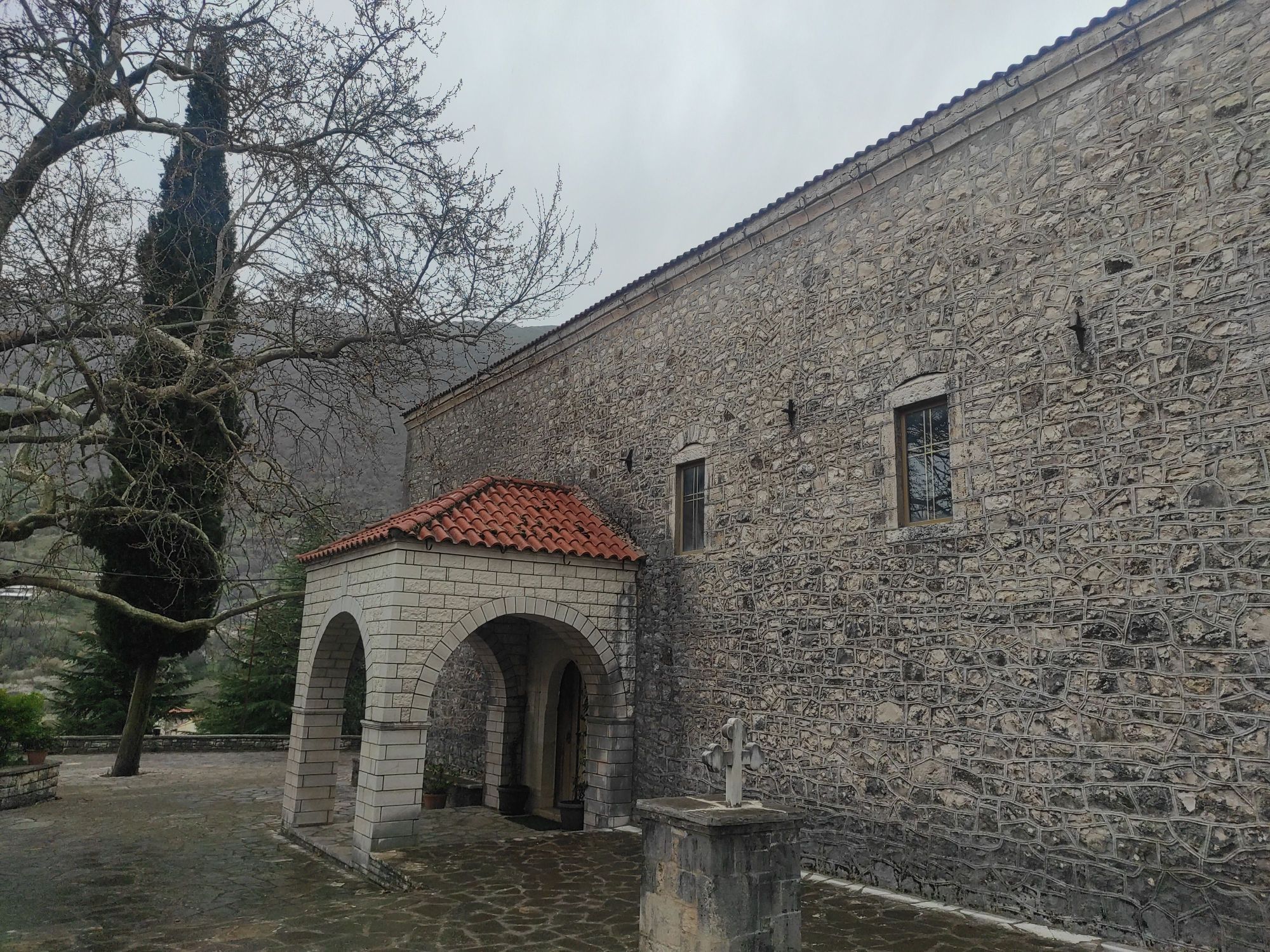
Title: Exploring the Rich Heritage of the Greek Orthodox Church
Introduction:
The Greek Orthodox Church is a beacon of history, tradition, and spirituality that has endured for centuries. With its roots deeply intertwined in the ancient Christian faith, the Greek Orthodox Church has a rich and vibrant heritage that continues to thrive to this day. In this blog post, we will delve into the fascinating history and key aspects of the Greek Orthodox Church, shedding light on its beliefs, practices, and cultural significance.
Origins and History:
The Greek Orthodox Church traces its origins back to the early days of Christianity, with roots in the apostolic tradition passed down from the teachings of Jesus Christ. As one of the oldest Christian traditions, the Greek Orthodox Church played a pivotal role in shaping the spread of Christianity throughout the Mediterranean and beyond. From the Byzantine Empire to modern-day Greece and the Greek diaspora, the church’s influence has been profound and lasting.
Beliefs and Practices:
At the core of the Greek Orthodox Church’s beliefs is the Nicene Creed, a statement of faith that affirms the essential doctrines of Christianity. Central to these beliefs is the concept of the Trinity, the belief in one God in three persons – the Father, the Son (Jesus Christ), and the Holy Spirit. The Greek Orthodox Church also upholds the authority of the Bible, the sacraments, and the importance of prayer and worship in the life of believers.
One of the distinctive features of the Greek Orthodox Church is its emphasis on the liturgical worship. The Divine Liturgy, celebrated regularly in Greek Orthodox churches, is a deeply spiritual and symbolic service that incorporates prayers, hymns, and rituals that connect the worshipper to the divine. The church calendar is filled with feasts and fasts that mark the life of Christ, the Virgin Mary, and the saints, providing a rich tapestry of spiritual expressions and celebrations.
Art and Architecture:
The art and architecture of the Greek Orthodox Church are a testament to its enduring legacy and cultural heritage. From the iconic domed churches of Constantinople (modern-day Istanbul) to the exquisite frescoes and mosaics adorning the walls of Greek Orthodox churches, the visual beauty of the church reflects its deep spiritual significance. Icons, considered sacred images that facilitate prayer and meditation, are an integral part of Greek Orthodox worship and devotion.
Cultural Significance:
Beyond its religious significance, the Greek Orthodox Church plays a vital role in preserving and promoting Greek culture and identity. Through its language, traditions, and customs, the church serves as a focal point for Greek communities around the world, fostering a sense of belonging and continuity with the past. Festivals, rituals, and community events organized by the church contribute to the vibrant cultural life of Greek Orthodox believers and serve as a bridge between the old and the new.
Conclusion:
The Greek Orthodox Church stands as a testament to the enduring power of faith, tradition, and community. With its deep roots in history, its vibrant worship, and its cultural significance, the Greek Orthodox Church continues to inspire and uplift believers around the world. Whether you are a devout follower or simply curious about this ancient tradition, exploring the rich heritage of the Greek Orthodox Church is a truly enlightening journey into the heart of Christian spirituality.



